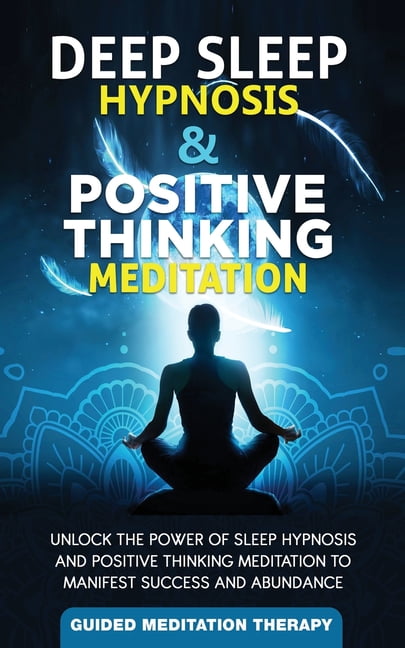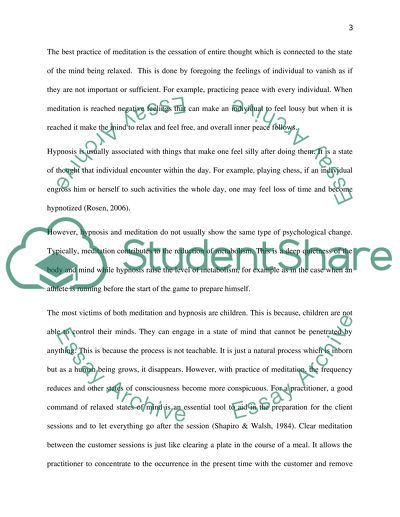

Hypnotic suggestions can induce a wide range of effects, implemented in therapeutic and experimental contexts, ranging from analgesia and other forms of sensory hallucinations to significant modulations of attentional and executive control processes (Terhune et al., 2002 Drigas et al., 2021). Finally, the session ends with a de-induction procedure (for example a countdown) uttered by the hypnotist (Egner and Raz, 2007). In this state, experience and behavior of the hypnotized subject are modeled in accordance with the hypnotic suggestions. A typical hetero-induced hypnotic session begins with the hypnotist inducing a state of relaxation in the subject, up to a state of true hypnotic trance. Hypnosis is defined as a state of consciousness consisting of focused attention, reduced peripheral awareness, and increased responsiveness to suggestion (Elkins et al., 2015). In this article, we briefly start with a definition of hypnotic and meditative states, then discuss the main comparative theories, and then list the few studies that have attempted direct experimental comparisons.

While important theoretical comparisons are present in the literature (e.g., Raz and Lifshitz, 2016), direct experimental comparisons between hypnosis and meditation are an exception. Given these premises, highlighting similarities and differences between these two states seems to be a precondition in the scientific understanding of human consciousness, to disentangle conscious from unconscious processing, as well as to elucidate the role of metacognition. While several meditative and specific hypnotic practices seem to train conscious metacognitive skills (Drigas et al., 2022), several hypnotic techniques seem to act more on basic cognition at an unconscious level, inducing a decline in metacognitive abilities (Dienes et al., 2016). A key issue that appears central is the understanding of the role played in both states by metacognition, i.e., the ability to represent, monitor, and control ongoing cognitive processes (Lush et al., 2016).

On the other hand, the procedures for reaching these states have profoundly different historical bases, and in many cases the reported phenomenology presents substantial differences, thus raising a large number of questions about their mutual positioning (Markovic and Thompson, 2016). The induction of both states is used for clinical purposes, particularly when dealing with psychological problems such as depression, anxiety and mental stress, or to relieve chronic pain (Zeidan and Grant, 2016).
#DEEP HYPNOSIS MEDITATION SERIES#
Hypnotic and meditative states are characterized by a series of changes in subjective experiences from the normal waking state, but the literature is still unclear on similarities and differences (Raz and Lifshitz, 2016).Ĭommon characteristics are a state of general wellbeing and relaxation, accompanied by deep concentration, and mental absorption (Lynn et al., 2012).


 0 kommentar(er)
0 kommentar(er)
